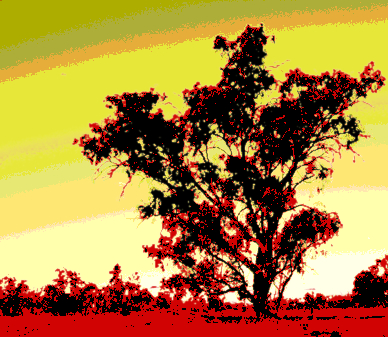NT launches massive mapping
 The NT Government has put aside $10 million for soil and water mapping.
The NT Government has put aside $10 million for soil and water mapping.
The five-year Mapping the Future project will cover soil, water, vegetation and biodiversity surveys in the Government’s search for potentially productive lands.
The mapping is designed to;
- Provide data to underpin land use plans for regional growth areas which will identify areas that are highly suitable for land uses such as agriculture.
- Allow regional communities to make informed decisions on the location of natural resource-based economic development opportunities and local community-based land use planning.
- Attract private investment in natural resources industries based on accurate scientific data.
- Inform the long term management, protection and health of community drinking supplies, while ensuring sustainability of natural and cultural assets such as ground water-dependent ecosystems.
The first year of the program will involve extensive planning and consultation with industry and community stakeholders across the NT to identify prospective areas for mapping.
Scientific teams will be deployed from July 2018 once priority areas have been identified and land access agreements secured. When active, the Department of Environment and Natural Resources will;
- Use drill rigs and corers to obtain soil samples for analysis.
- Measure the flow, quality and quantity of both surface and ground water in or near study areas.
- Use a range of techniques to survey study areas to describe the distribution of native plants and animals, including threatened species.







 Print
Print